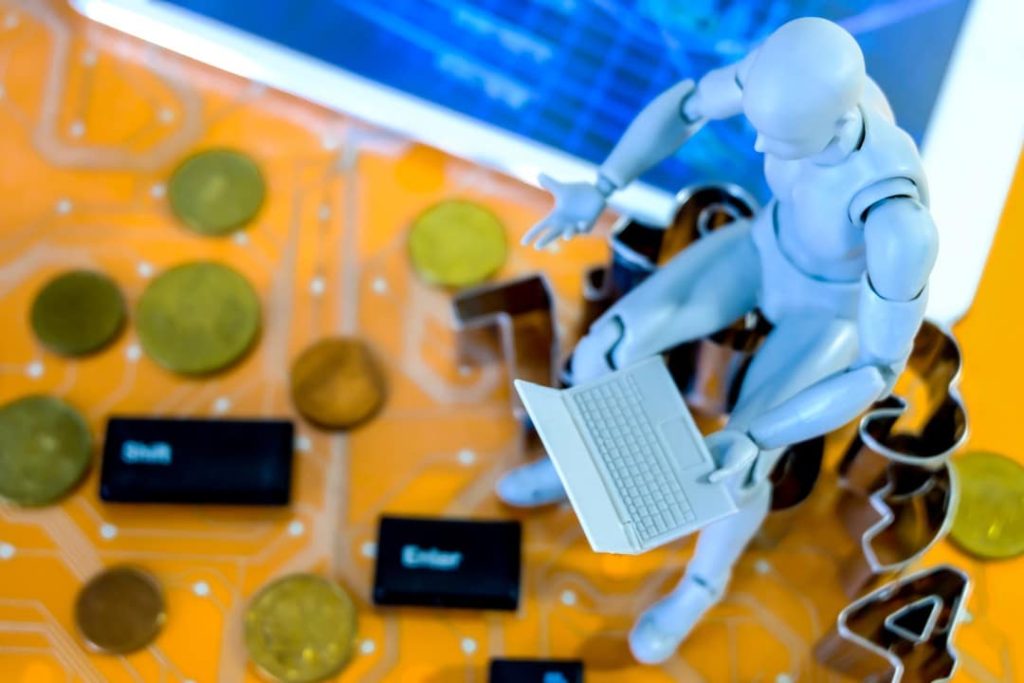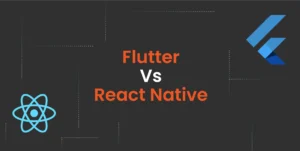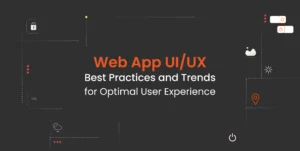We all lived through the craze of OpenAI’s ChatGPT since its release in November 2022, and since then, it has become part of our daily lives. This is a proof that Artificial Intelligence (AI) is here to revolutionize all types of development, and profoundly robotics. By integrating AI technologies, robots can become more capable, intelligent, and efficient in performing complex tasks. I will explore with you through this short article real-world examples of how AI enhances the software development process, improves quality, and reduces accidents within robotics.
Enhanced Software Development Process:
AI has transformed the traditional development process by leveraging machine learning and deep learning techniques. Instead of relying on hardcoded rules, robots can learn from data and adapt their behavior. For instance, OpenAI’s Gym environment and Reinforcement Learning algorithms allow robots to learn tasks through trial and error. By repeatedly interacting with their environment and receiving feedback, robots can acquire new skills and refine their performance, enabling continuous improvement.
As an example, OpenAI’s robotic system, Dactyl, learned to manipulate objects with remarkable dexterity using reinforcement learning. It initially started with random movements but quickly learned to grasp and flip objects accurately by learning from its mistakes. This iterative learning process showcases the power of AI in enhancing the software development cycle.
Improved Quality and Reliability:
AI plays a crucial role in enhancing the quality and reliability of robotics systems. By leveraging AI algorithms, robots can analyze data, make informed decisions, and perform tasks with greater precision and adaptability.
As an example, Waymo, a leading autonomous driving company, utilizes AI and computer vision to navigate roads safely. Their self-driving cars analyze real-time sensor data from cameras, lidars, and radars, allowing them to detect objects, predict their behavior, and make informed decisions such as braking or changing lanes. With continuous learning and optimization, Waymo’s self-driving cars improve their driving skills over time, leading to increased safety and reliability on the roads.
Accident Reduction and Safety:
AI-driven robotics systems have the potential to significantly reduce accidents and enhance safety in various domains. Through advanced perception, planning, and decision-making capabilities, robots can actively avoid potential risks and operate safely in challenging environments.
As an example, ABB, a prominent robotics company, has developed industrial robots equipped with AI-based collision avoidance systems, enabling them to work safely alongside human workers. These systems utilize computer vision and real-time monitoring to detect the presence of humans and adjust the robot’s movements accordingly to avoid collisions. By continuously analyzing sensor data, ABB’s latest collaborative robots can adapt their trajectory or halt their operation when necessary, effectively preventing accidents and fostering a safer working environment for human-robot collaboration.
Conclusion:
The integration of AI into robotics has ushered in a new era of possibilities, with tangible examples showcasing its impact. By enhancing the software development process through machine learning, robots can continuously learn and improve their performance. Improved quality and reliability are exemplified by self-driving cars, where AI enables precise decision-making and navigation. Furthermore, AI-driven accident reduction systems ensure safety in human-robot collaborative environments.
Takeaway:
As AI and robotics continue to advance, we can expect further breakthroughs in software development, quality enhancement, and accident reduction, empowering robots to become indispensable allies in various industries and augmenting our capabilities for a better future.
Let us embrace this future and work towards unlocking the full potential of AI and robotics for a better tomorrow. #ai #robotics #innovation
A portion of this article was generated with the help of OpenAI’s ChatGPT.
Image licensed from Envato Elements.





